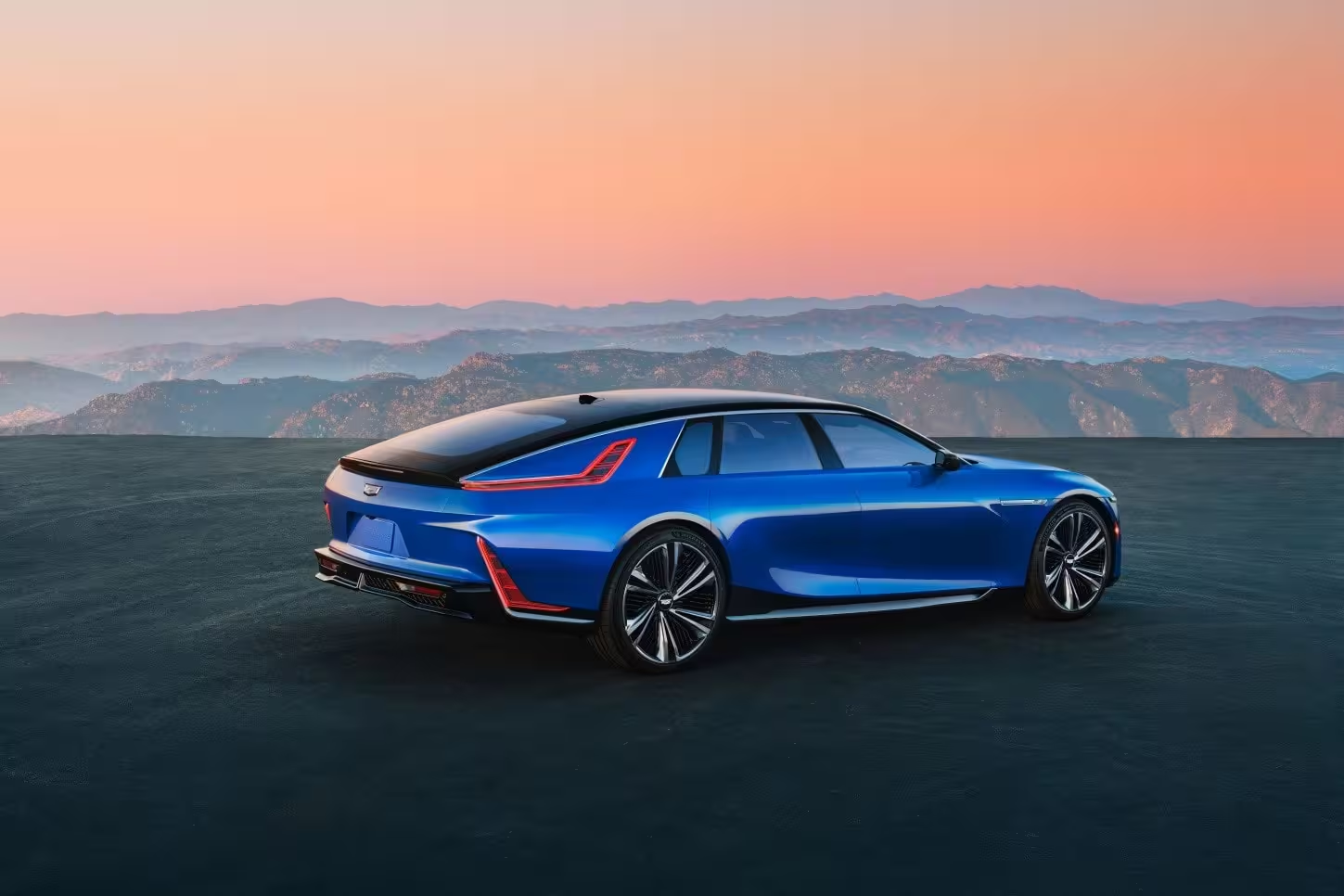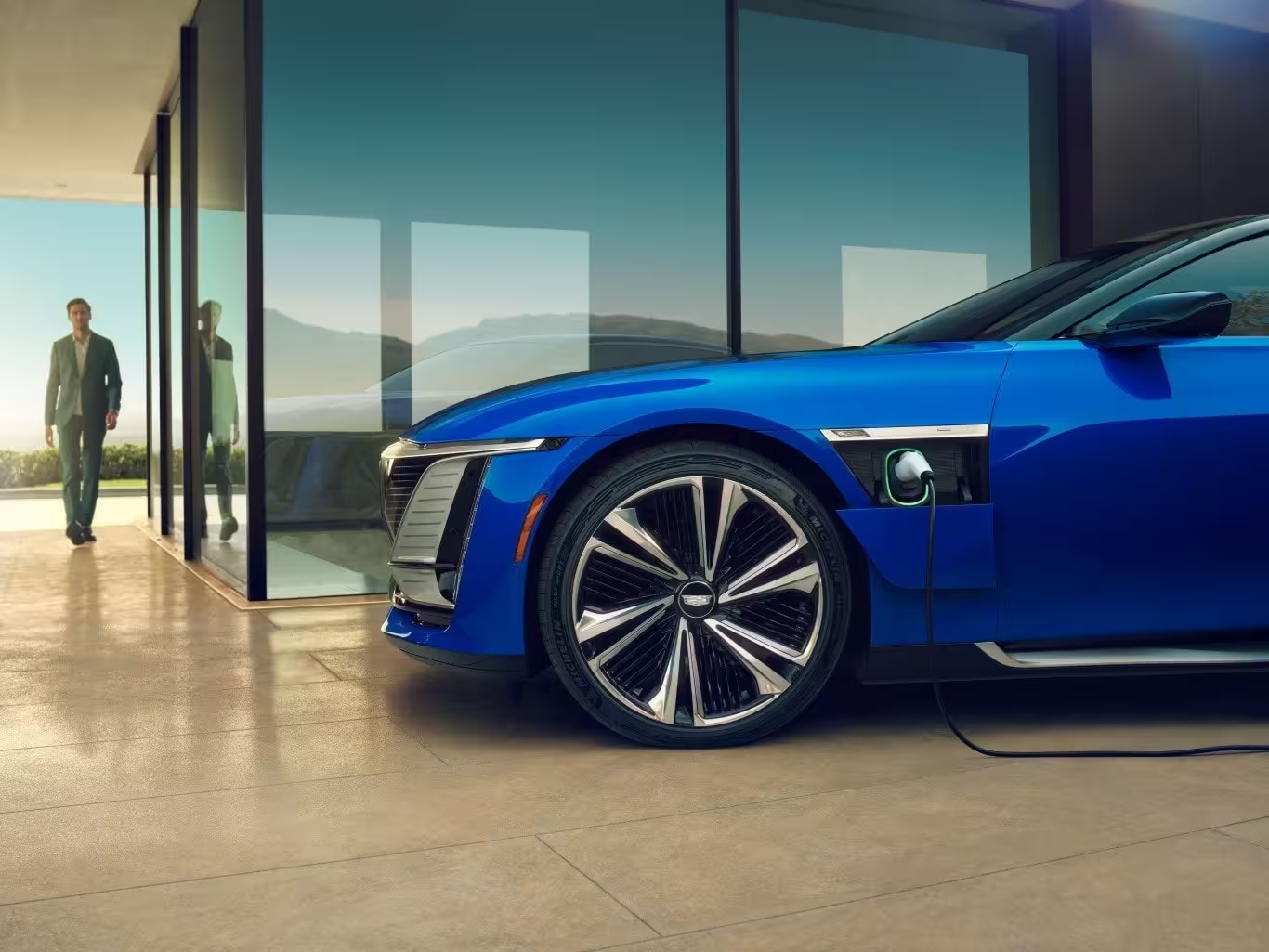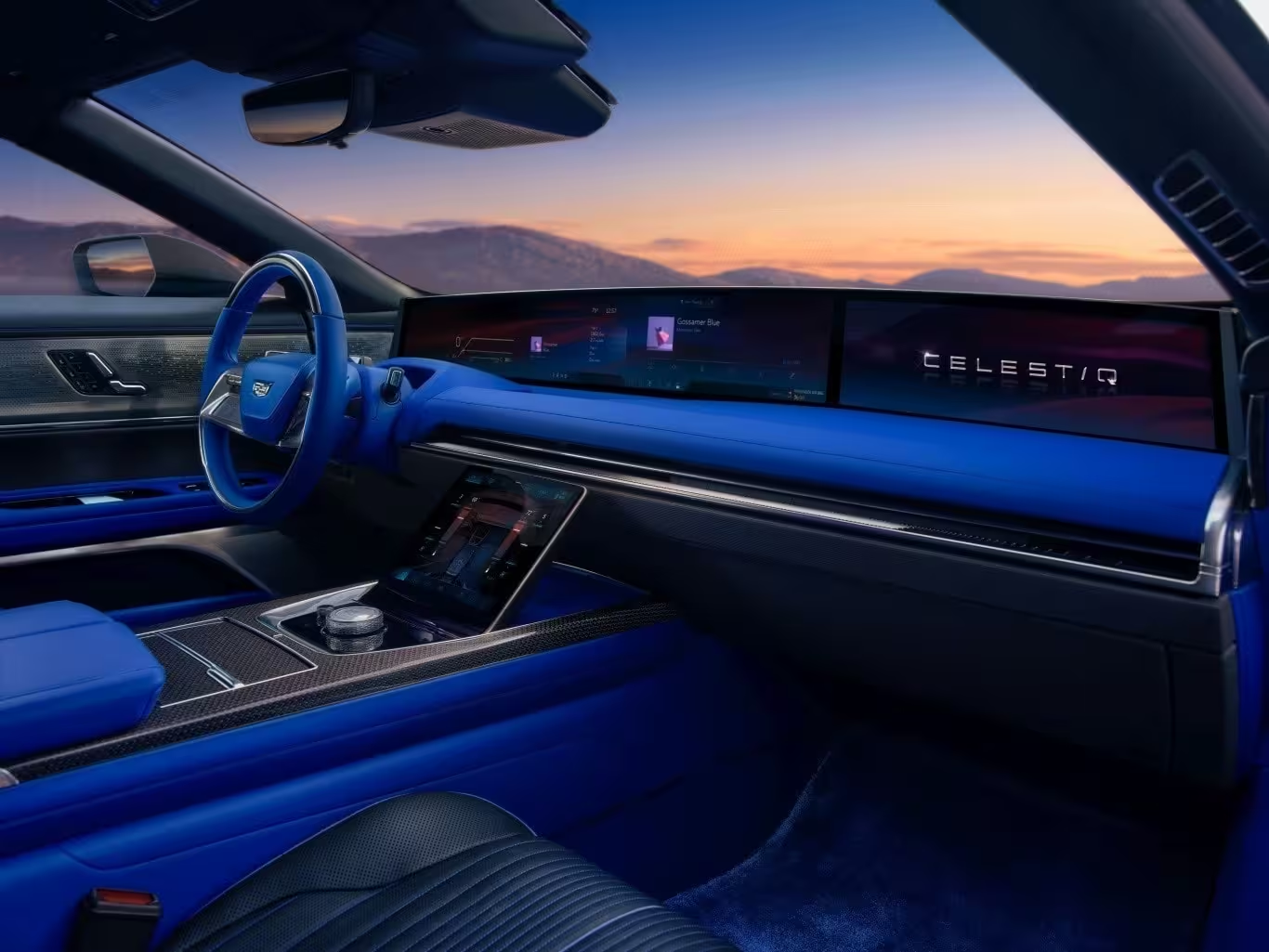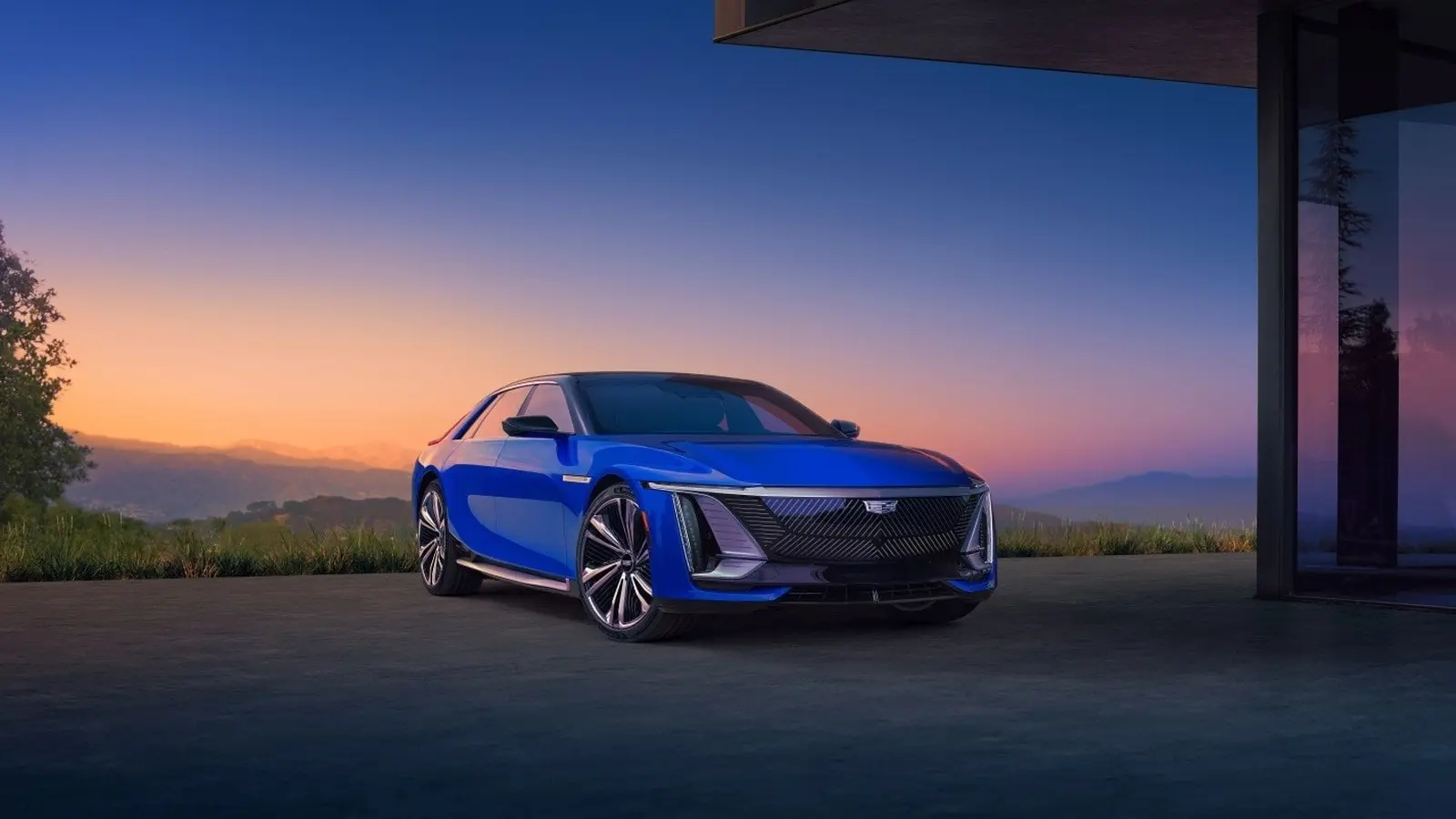6 Minutes
Cadillac raises the bar — and the price
Cadillac has quietly moved the goalposts for its hand-built Celestiq. For the 2026 model year the ultra-luxury electric four-door now starts in the low $400,000s, a significant increase from the roughly $340,000 base price communicated for the 2025 run. That shift — roughly a $60,000 step up at minimum — arrives as Cadillac reframes how customers buy and personalize its most exclusive EV.
Why the steep price rise?
At first glance the number feels dramatic. But the Celestiq has never been a volume play: it’s Cadillac’s atelier-built response to bespoke rivals. Each car is essentially made-to-order with extensive client consultation through a Celestiq concierge, and Cadillac says it has folded more features into a new "one price" approach. In practical terms that means several previously optional items and services are now standard, including eight years of connected services and the model’s eye-catching patterned smart glass roof.

What the new pricing reflects
- Broader standard equipment and bundled services (connected features included for eight years).
- Simplified personalization workflow: Cadillac moved away from line-item pricing for deviations outside its standard palette.
- Ultra-low-volume, hand-built production and high-end materials that raise per-car manufacturing cost.
In short, Cadillac is selling an atelier experience: you don’t pick options from a catalog, you work with craftsmen to create a one-of-one car. The new base price is intended to be more honest about that commitment.

Hand-built, low cadence production
The Celestiq is assembled at GM’s Global Technical Center in Warren, Michigan, where production runs at an extremely slow cadence — fewer than two cars per day. Cadillac capped 2025 production at just 25 units, and those slots were claimed before the model’s public reveal. The brand has said the 2025 run is sold out, but it has not disclosed a firm production number for 2026 or how many of the initial 25 have been delivered. The first customer delivery, however, occurred in June 2024.
That limited output isn’t an accident. It’s deliberate positioning: exclusivity, craft, and a level of personalization that typical luxury manufacturers do not offer.
Design and technology highlights
Underneath the bespoke finish is GM’s most advanced structural casting strategy — think MegaCast-style large aluminum castings that form the backbone of the body. Over that high-precision architecture, glass, metal, and leather are hand-finished and hand-fitted. The result is a mix of high-tech manufacturing with artisan execution.
Standout features that help justify the Celestiq’s pricing include:
- Patterned smart glass roof now standard for 2026, with four independently adjustable zones so occupants can control light individually.
- A continuous 55-inch diagonal display that runs across the dash, complete with active privacy filtering so front-seat passengers can view content without distracting the driver.
- Fully bespoke interior materials and trims — from alternative leather hues to custom inlays — all managed through the concierge process rather than a checkbox menu.
"The Celestiq is executed like a haute couture house, not like a normal OEM," a Cadillac insider told automotive press, underscoring the brand’s atelier approach.

Buying the Celestiq: concierge-led personalization
Cadillac has eschewed traditional configuration tools for the Celestiq. Buyers don’t select a preset trim level and options list — they are paired with a concierge who curates the palette, coordinates special materials, and can even recolor or remix interior elements on request. For 2026, the concierge experience is bundled into a one-price model: rather than itemizing every deviation, Cadillac has effectively absorbed personalization into the base figure.
This model streamlines the purchasing experience for both client and brand, but it also raises the entry threshold. If you want a one-off electric four-door built by hand in the United States with advanced manufacturing and scarce supply, the new starting price is the cost of admission.
Market positioning and competition
Positioned against traditional ultra-luxury houses, the Celestiq is an American interpretation of coachbuilt luxury. Its obvious global competitors are the likes of Bentley, Rolls-Royce, and Mercedes-Maybach — brands that have long defined this uppermost echelon of automotive luxury.
On the electric front, Rolls-Royce’s Spectre is the most direct contender in terms of prestige and price. The Spectre starts around the $400,000 mark, placing it in the same ballpark as Cadillac’s new entry price. But there are key differences: the Celestiq is a four-door grand tourer and positioned as a bespoke, concierge-driven product, whereas Rolls-Royce chose a two-door coupe configuration for the Spectre.
Cadillac has already demonstrated that demand exists: 25 units sold for 2025 shows a market for ultra-limited, ultra-luxury EVs. The strategic test for 2026 will be whether Cadillac can repeat that success at higher volumes — dozens of cars per year rather than hundreds — while consumer sensitivity to EV pricing and macroeconomic pressures grows.
Is the Celestiq a viable long-term product?
That depends on several factors: the brand’s ability to maintain exclusivity without alienating buyers on price, the strength of its concierge personalization program, and the broader acceptance of high-priced EVs in a market increasingly concerned with cost. For now, Cadillac appears to be prioritizing clarity and experience over incremental option pricing. By raising the base price and simplifying the purchase process, the automaker aims to make the ownership journey as distinctive as the car itself.
Key takeaways:
- The 2026 Celestiq starts in the low $400,000s, up from about $340,000 in 2025.
- Production is extremely limited and hand-built in Michigan; 2025 was capped at 25 units.
- More features are standard — including eight years of connected services and the patterned smart glass roof.
- The Celestiq competes with ultra-luxury EVs like the Rolls-Royce Spectre, but remains uniquely positioned as a four-door, coachbuilt American grand tourer.
Ultimately, Cadillac’s move is a calculated trade-off: a higher, clearer entry price for a simplified, concierge-driven purchase experience that delivers a bespoke EV crafted in the United States. For high-net-worth buyers looking for a one-off, hand-made electric statement, the Celestiq’s new pricing simply confirms what the brand has long pitched — this is a different kind of luxury, and it comes at a different cost.
Source: autoevolution
Comments
atomwave
Nice to see US coachbuilding back, but capping at 25 units feels like brand ego. Still love the patterned smart glass roof tho, crazy vibes
v8rider
Low 400k for a Cadillac? lol. Hand-built and concierge sounds luxe, but is that price sustainable long-term, or just a PR flex? curious.


Leave a Comment